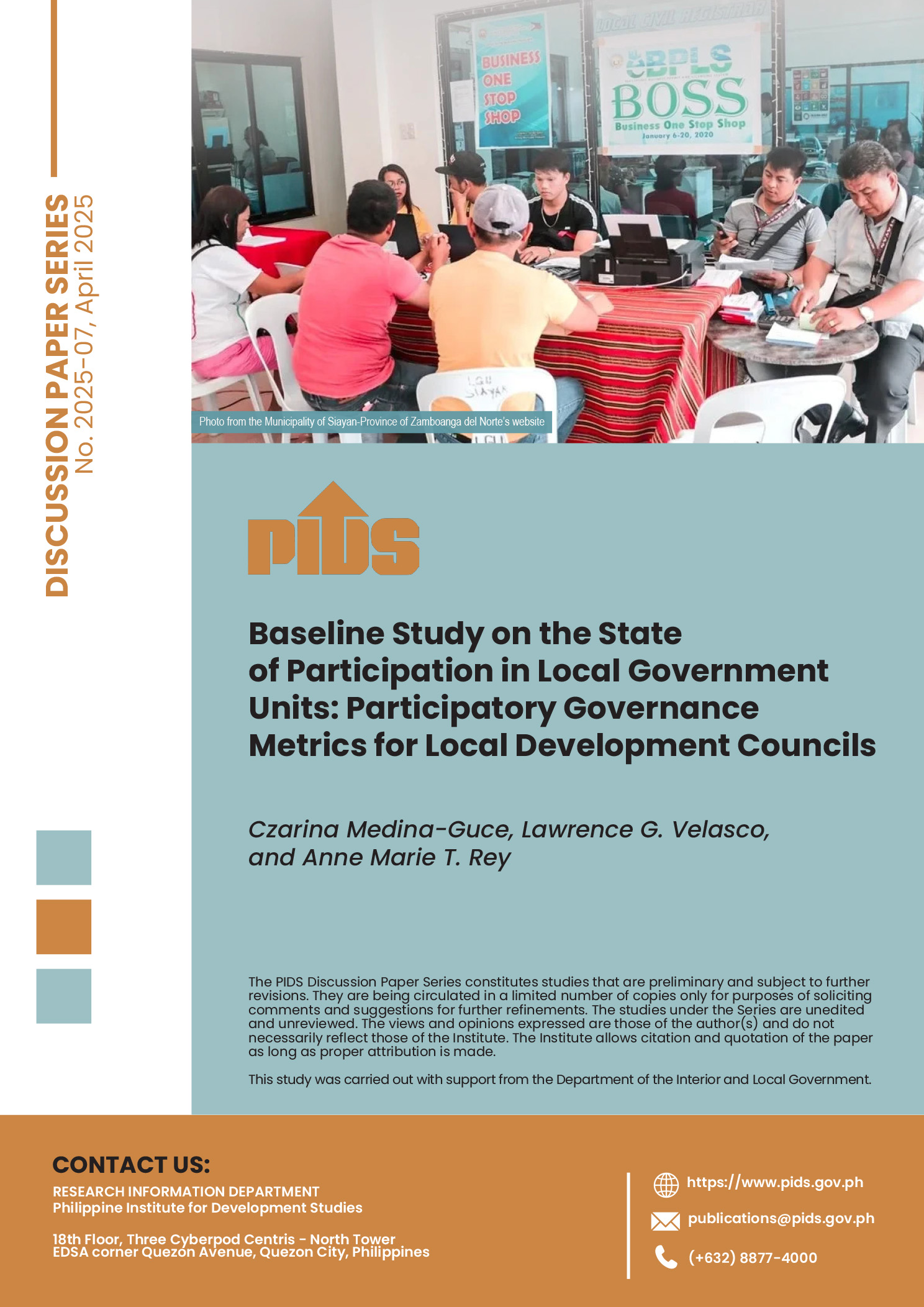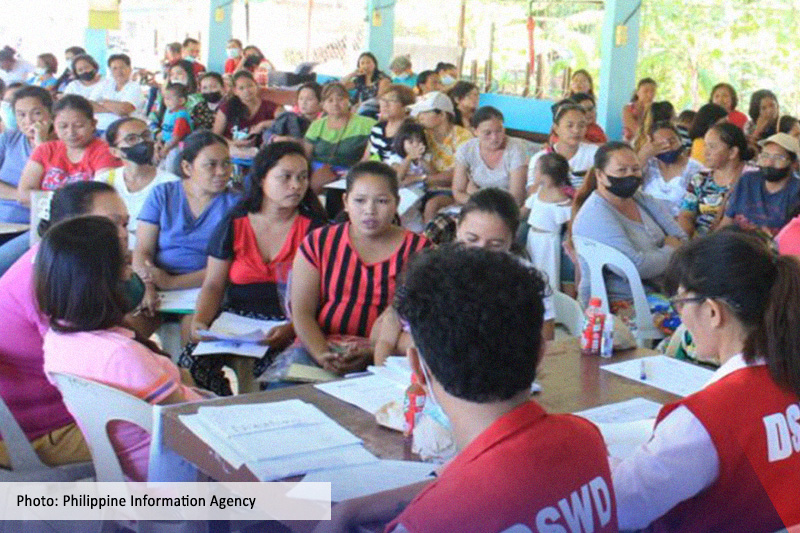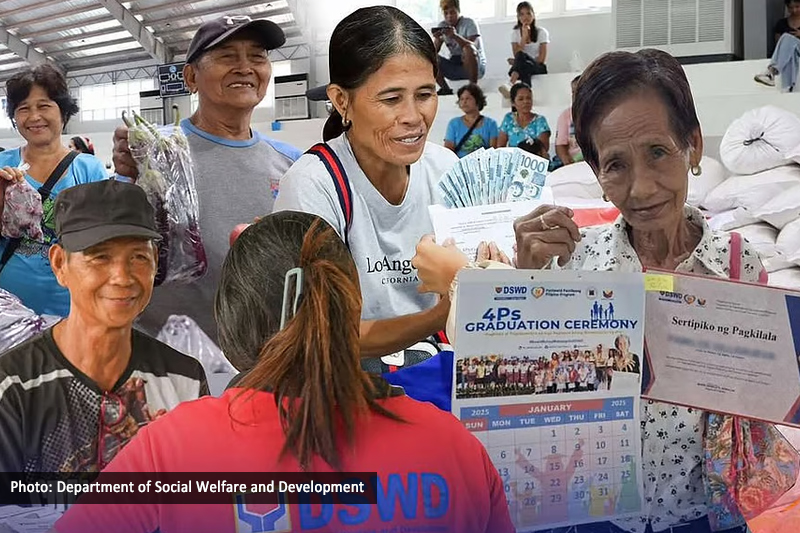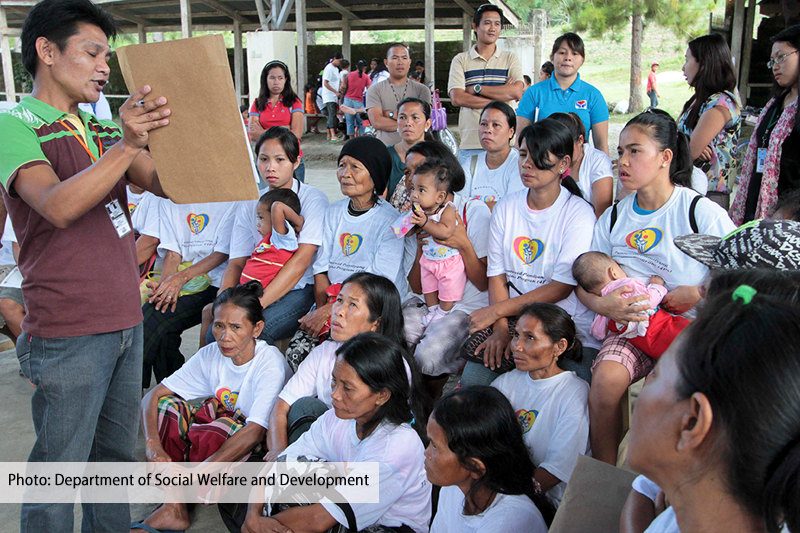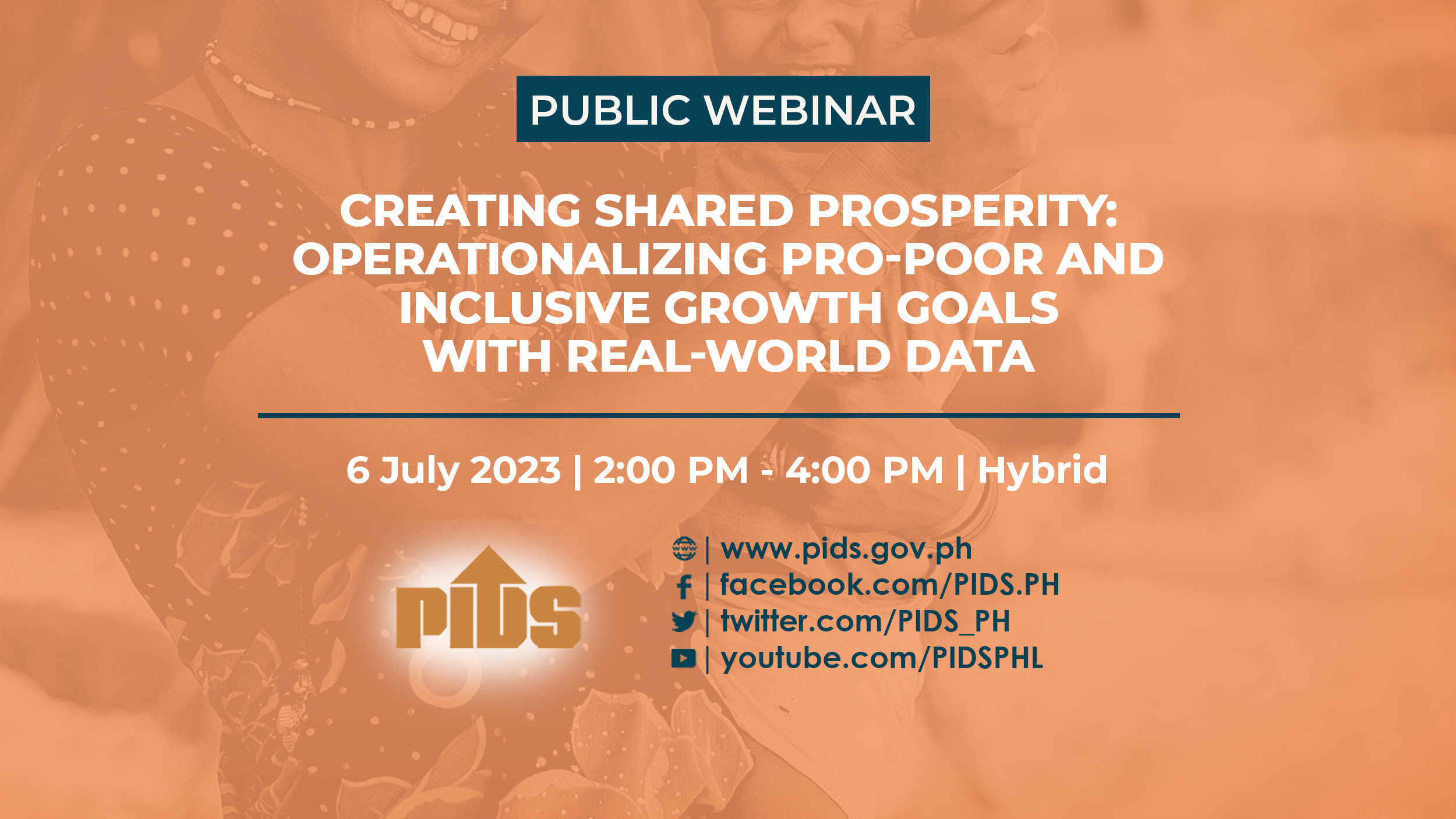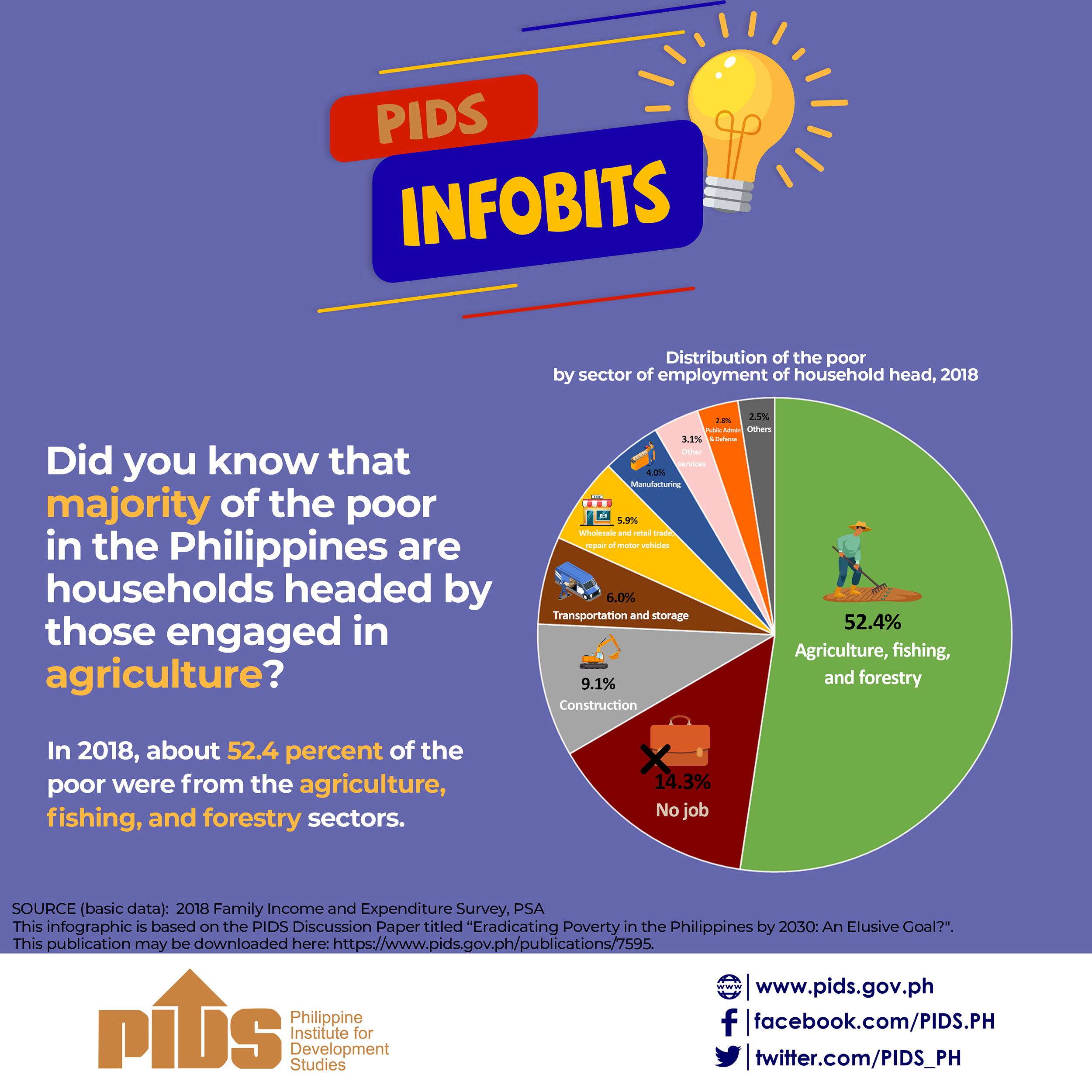Even government fiscal experts doubt the various anti-poverty initiatives contribute to the war on poverty because they lack coordination.
Critics have termed aid programs, generally known as “ayuda,” like the Tulong Panghanapbuhay sa Ating Disadvantaged/Displaced Workers or TUPAD, Ayuda para sa Kapos ang Kita Program or AKAP, and Assistance to Individuals in Crisis Situation or AICS, as political grease money, particularly during campaigns to secure seats in government.
Research conducted by the government think tank Philippine Institute for Development Studies showed that despite years of economic growth, poverty in the Philippines remains stubbornly high, partly because key programs meant to lift people out of poverty are “working in silos.”
The term refers to different departments, agencies, and programs operating independently without sharing information, resources, or strategies.
Instead of collaborating, they act separately, leading to inefficiencies, overlaps and service gaps.
As a result, the full impact of the poverty-alleviation effort is weakened, and many people don’t get the comprehensive support they need to escape poverty.
The report cited significant challenges in coordinating and integrating social protection efforts despite the government’s ambitious target of reducing poverty from 18.1 percent in 2021 to nine percent by 2028.
According to the Philippine Statistics Authority, the national poverty rate declined from 18.1 percent in 2021 to 15.5 percent in 2023. Despite significant spending on programs to improve incomes and livelihoods, PIDS considered the figure slightly enhanced.
Meanwhile, an independent survey indicated that an estimated 2.8-million Filipino families joined the army of the poor in the final quarter of last year, based on a self-rated study on poverty.
The indicator reached its highest in 21 years as some 10.2 percent who considered themselves “non-poor” one to four years ago are now “newly poor,” while 7.6 percent said they were “non-poor” five or more years ago but are now “usually poor.”
PIDS reviewed how agencies work together through “joint programming” or convergence strategies for the subsidy programs.
The study indicated: “Multiple agencies implement similar interventions, often targeting the same beneficiary populations without a clear delineation of responsibilities or systematic coordination.”
The study found, for instance, that the Department of Social Welfare and Development’s Sustainable Livelihood Program and the Department of Labor and Employment’s Integrated Livelihood Program often covered the same people, “creating duplication and confusion on the ground.”
According to PIDS, budgets are typically tied to specific agencies and sectors, making collaboration difficult.
It said that while the Program Convergence Budgeting (PCB) approach was introduced to align resources to integrate programs, “institutional rigidities and traditional budgeting processes that often favor sector-specific allocations over integrated approaches” persisted.
Executive Order 138, implemented in 2021, devolved more responsibilities for service delivery to local government units (LGU), adding another layer of complexity.
LGU concerns, the report stated, center heavily around implementation and coordination challenges.
It added that many LGUs lack specialized staff for program integration and encounter resource limitations, with 70 percent of municipalities reporting no dedicated budget for joint programming.
The toughest limitation is the lack of a unified data system, which means agencies cannot effectively track beneficiaries or monitor program outcomes.
This leads to duplicated aid in some areas and missed opportunities in others, a common problem in the distribution of ayuda.
Since doles in the various government programs are not intended to address the problem of poverty in a systematic way, they become a tool for patronage politics.
Corruption and misuse of public funds are the key reasons families remain impoverished while elected politicians fatten their bank accounts.


